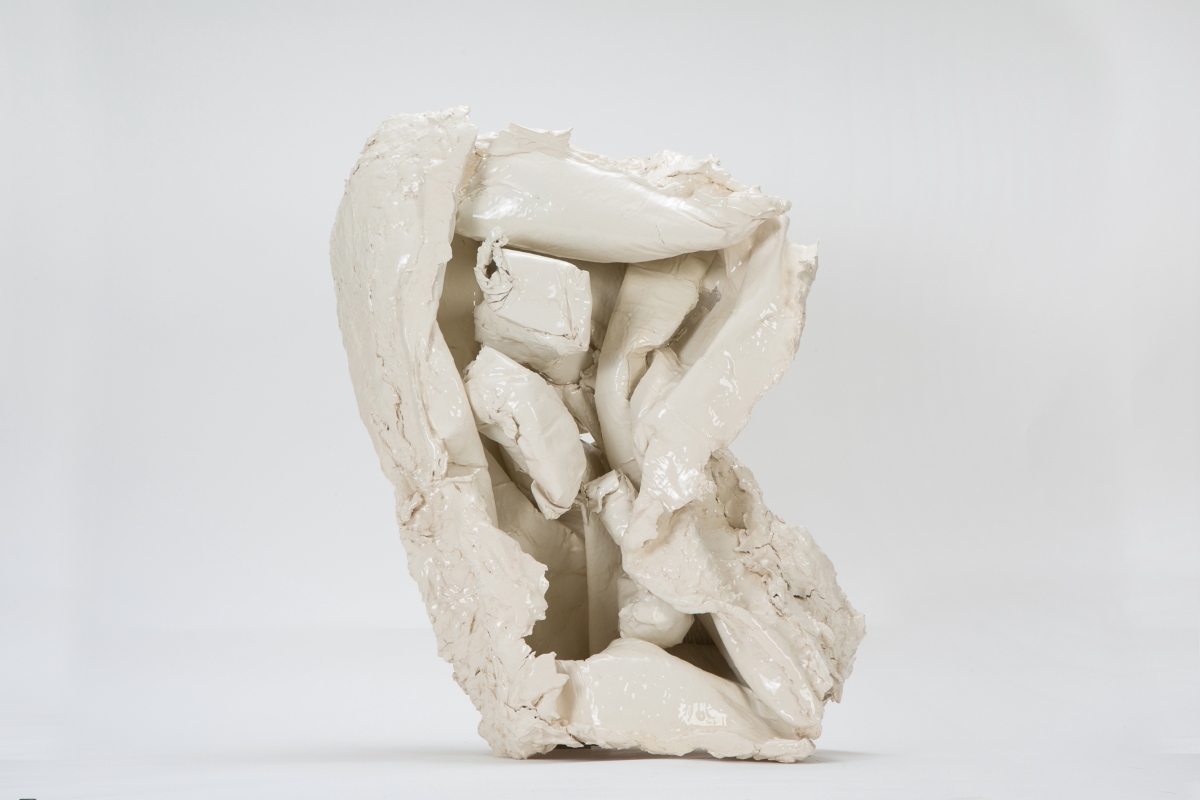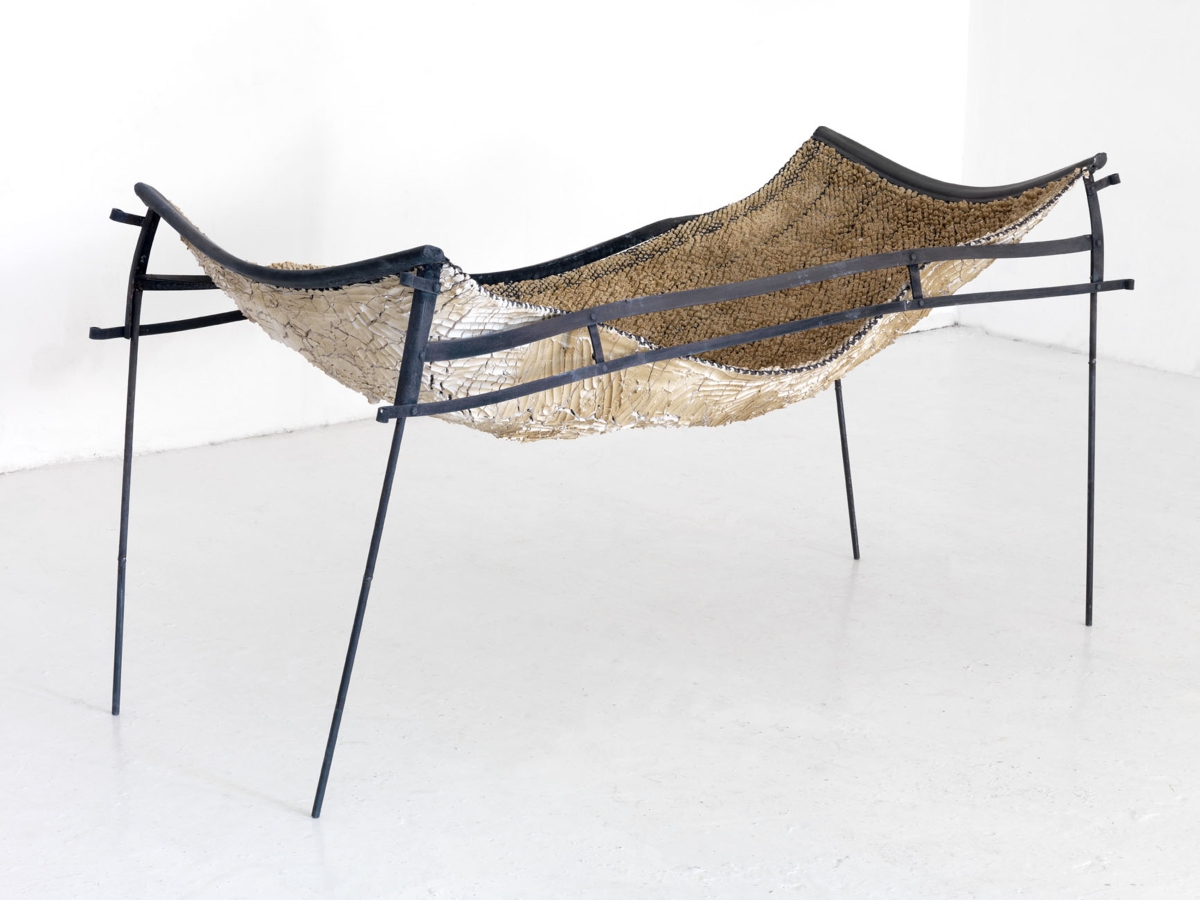Mattia Vernocchi was born in 1980 in Cesena (Italy). After graduating from the Ballardini Institute of Ceramic Art in Faenza in 2001, he opened his own studio in Gambettola, in an old house in the center of the town. Here he began his research in the ceramic field by experimenting with different techniques, also with the help of other materials such as iron, glass and concrete. In 2006, he won the first European Ceramic Context prize at the Bornholms Kunstmuseum in Denmark. Through some group exhibitions, he approaches the world of contemporary art, collaborating with various galleries. In 2007, he inaugurated his first personal exhibition, “Pat de durmi,” in Cesena at the Palazzo del Ridotto gallery. Subsequently, he inaugurated two more personal exhibitions, one in Fano at the Gasparelli Gallery and the other in Milan at the L’affiche Gallery. Also, that year, he inaugurated a public work entitled “2294 kilo”, located in a roundabout in the town of Gambettola. His constant research allows him to deepen more and more the link with the material, thus finding its maximum expression in it. Now he lives and works in Longiano, a town in the first hills of Romagna, where his work finds vigor and strength in the relationship with the resources and stimuli that the territory in which he lives offers him.
Visit Mattia Vernocchi’s website and Instagram page.
Featured work
Selected works, 2007-2021


More than painting, even more than sculpture, ceramics involve the cognitive potential of the body. Shaping is thinking with your fingertips, investigating with the thrust of the fingers into the clay, and contemplating with the arms that they sustain and orchestrate a microcosm. Sculpting is imposing an idea with blows and very fine smoothing; shaping is arousing the response of earth, water, air, and fire. For Mattia Vernocchi, this hand-to-hand confrontation is stigmatized by a concept; it is marked by an observation of a present rough and industrial that makes what is ancient more abstract and conceptual, not archaic, primordial, if not original. The imagery of the artist is crucified with woven iron nets and metal profiles: to his thinking, it is imposed to dwell at the crossroads between the unmediated poetry of the creative act and the compelling lattice of what is made for use and so on abandoned. Almost a contest between alchemy and industry, magic and witchcraft. However, the crude bond of today that could frustrate a look further, a peek at the sky above the rubble, is transformed into an occasion lyric. The artist is both wounded and sustained by the time he tries to overcome and from its most common forms: objects are not simply given or collected but rethought, re-signified. Vernocchi reconstructs abandoned beds, populates bare cages, builds rough niches that look like sheets crumpled up, transforms the residues into song, and lifts them into a dimension of a lucid dream, to cast a glimpse beyond the desolation in which everything is suspended without meaning. The power of the hands, the patience of the flame, no longer more opposed to the ferocious limit of the gap, but they reabsorb it in themselves, they transfigure, and domestic spaces expand, they impose themselves as fossils of eras mythological, of torrential tales. Rivers of lava and rivulets of cooled magma envelop what is serial and lost; they recall the damp earth of the beginning, mineral power, and organic richness. For this, in the bare earth or Vernocchi’s complex architecture, it is still possible to imagine cities forgotten, dreamlike remains of buried civilizations, industrial archeology of dreams.
Text by Alessandro Giovanardi













